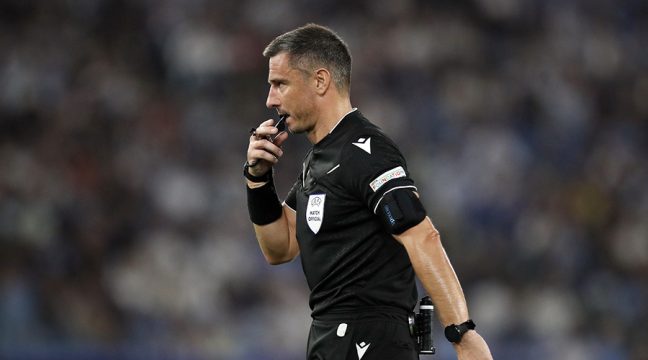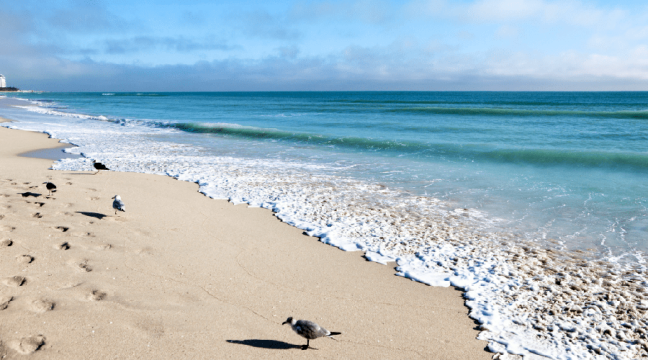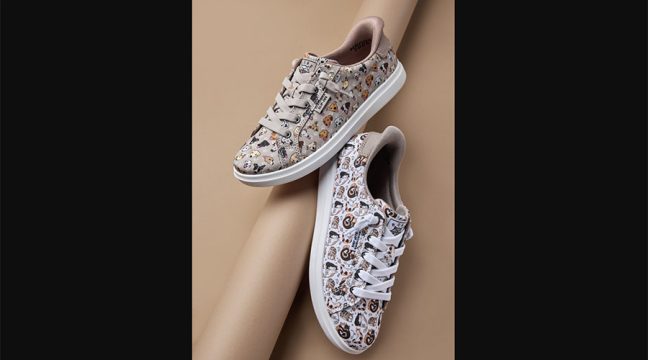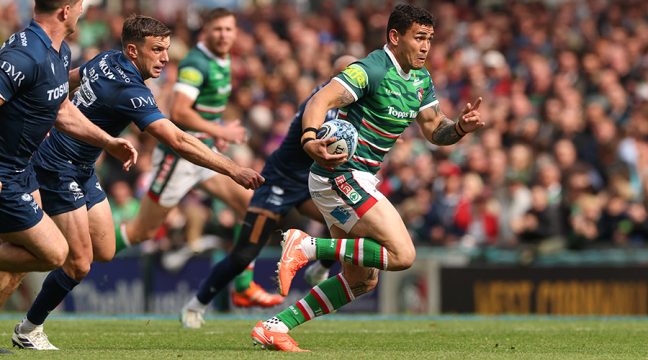When it comes to making my heart flutter, nothing beats a day of Nordic skiing. Better equipment, improved grooming at ski areas around the U.S., and colder spring temps are keeping the Nordic stoke alive.
By Aaron H. Bible
Nordic skiing brands are opening up the sport to first-timers and ensuring a steady flow of competitive athletes with continuing innovation in product. And while these improvements come after a year of diminishing sales, brands are spicing up retail shelves with unrelenting passion and optimism.
 Trends this year include: weight savings across the board in skis, boots and poles; new binding interfaces; and integrated skins.
Trends this year include: weight savings across the board in skis, boots and poles; new binding interfaces; and integrated skins.
“We’re constantly trying to deliver more efficiency, power and speed to the competitive racer.” -Rossignol brand manager Nick Castagnoli
A big news item from Salomon and Atomic (owned by Amer Sports) is the introduction of the company’s ProLink Binding System. This will supplement the famed Salomon Nordic binding (SNS), not replace it, allowing more Salomon and Atomic skis and boots to be compatible with “the other primary system on the market.” The brand said they guarantee compatibility and performance across competitor’s products and that the new binding was developed in-house with existing public-domain technology. Salomon said its SNS system would still stand for control and would remain strong in skate skiing and in regions where it is the dominant system in use.
“One area of emphasis is utilizing more traditional skin technology in the grip area of classic skis,” said Madshus Marketing Coordinator Carmi Schulman, whose company last year integrated its IntelliGrip skin system into its Terrasonic Classic ski. This year it’s rolling out more models utilizing IntelliGrip to provide a lower barrier of entry for newcomers, as well as a model geared towards racers. “It’s so people don’t have to worry about waxing their skis,” Schulman said.

Madshus Super Nano Classic
Sales of system skis and bindings are also rising, spurring new binding interfaces. “Compatibility and weight savings are huge,” said Salomon’s Nordic Commercial Manager Isaac Wilson, heralding the company’s new Nordic Propulse bindings and boot soles. “Propulse is the lightest, lowest, most compatible interface in the market. It allows anyone regardless of system preference access to Salomon fit and weight advantages.”
Rossignol beefs up its binding presence by distributing the new Rottefella Performance Skate ($85), a lightweight high-performance NIS binding designed for rec skating. For use with NIS compatible skis only, its manual open/close mechanism has a large, user-friendly grip for increased ease-of-use, even with gloves, and a wider heel piece provides increased stability.
“Expect equipment that is friendlier for the enthusiast skier.” – Fischer Nordic marketing director Andrew Gardner
Other brands are targeting Nordic newbies. “Expect equipment that is friendlier for the enthusiast skier,” said Fischer Nordic marketing director Andrew Gardner. “Easier kicking and longer gliding skate and classic skis diminish the learning curve typically required.” Out-of-track efforts, he adds, are also a big focus, bridging the gap between light backcountry and alpine touring. Fischer’s new three-model Efficiency Forward system offers weight reductions of up to 200 grams, a new flex allowing for easier kicking without diminishing glide, and an increase in kick power.
Additionally, Classic boots are now benefitting from skate boot technology. Fischer is borrowing technology from last year’s Speedmax skate boot to reconstruct its Speedmax Classic Boot. With a carbon sole, it’s 30 percent lighter, making it the lightest production classic boot on the market. Madshus joins the fray with its new Super Nano Classic, built off its Super Nano Skate boot. “We integrated some of the skate design into a classic boot,” said Madshus’ Schulman. “By using carbon fiber, we’ve designed a classic-style race boot with the forefoot flex for classic skiing and more ski control from its torsional rigidity.”

Fischer Speedmax Classic Boot
Alpina Sports debuts its ECL 2.0 Boot, utilizing the company’s proprietary Active Edge Carbon technology to make it lightweight with better stiffness and rebound, while still harboring soft flex zones for fit. “All serious boot manufacturers have attempted to create lighter boots using various carbon technologies,” said Alpina’s William McSherry. “Our Active Edge technology is significantly different.”
In skis, this year’s emphasis is on weight, glide and stability in skate skis, plus grip and price point in classic models. “We’re constantly trying to deliver more efficiency, power and speed to the competitive racer,” said Rossignol brand manager Nick Castagnoli. The new 3-Edge Energy Sensor on its X-ium Premium Skate S2 ski employs a triple-density, ABS sidewall that regulates camber, increases energy transmission for better edging and push-off, and reduces shovel pressure for better glide and steering. Its new NIS-compatible Delta Skate ($520) is a price-point skate ski with a fiberglass laminate for a softer flex and Nomex Honeycomb core for weight reduction. Its lower, shorter tip lightens swing weight and improves maneuverability while a Double Groove Guide enhances stability and tracking.

Alpina Sports ECL 2.0 Boot
According to SIA data, last year female participation in Nordic skiing increased 13 percent as males’ numbers dropped 12 percent. Catering to this crowd is Rossignol’s new X10 Skate FW ($290), a high-performance womens-specific skate boot with a new fit, an integrated heel lift, flared cuff and reduced ankle volume. Offering increased power, precision and comfort, it has a lower-profile Xcelerator sole to increase leverage and performance, and a pre-molded 3D cuff with ratchet-and-buckle powerstrap for stability and power. It’s also available in a new men’s version.










